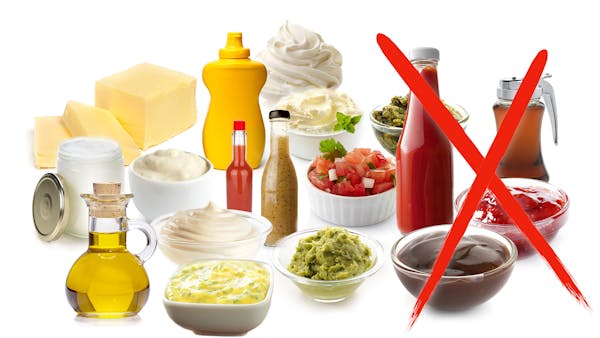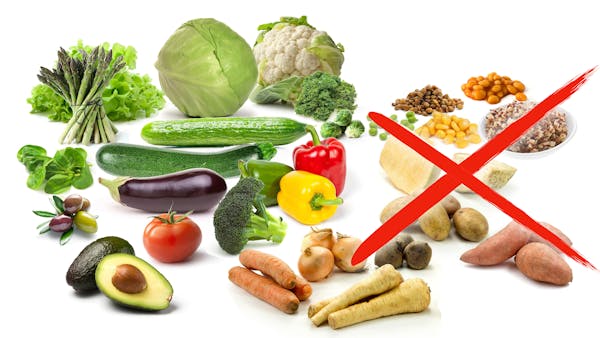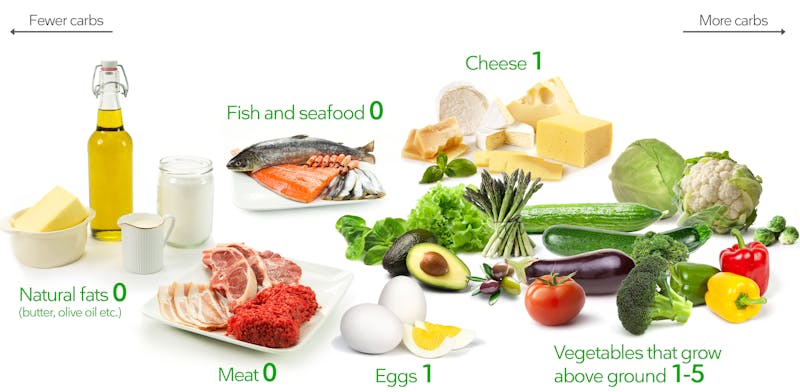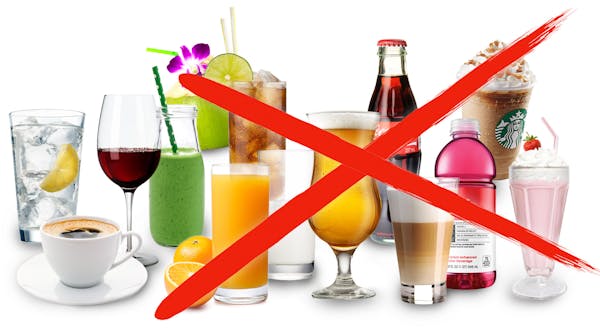Last year (2019) my husband decided to go on a KETO diet.
I have been on a low-carb diet since March 2020. I do not have a real guide or plan besides keeping my carb count below 30grams a day, eliminating wheat products, and eating natural fats and clean proteins.
All I knew about KETO was HIGH Fat, MODERATE Protein, and LOW Carbs. It was quite a change to start counting carbs in everything. At first, you think, "OK...I'm cutting out bread..." but it is more than that. There are carbs in EVERYTHING, and if you are trying to stay below 30grams of carbs a day, you have to adjust more than just your bread/pasta consumption.
There are some great books to read and websites for advice...but I'm a homeschool mom of two high schoolers, I work part-time, and have regular Mom, Wife, and HomeOwners duties to fit into my waking hours, and so I have not read as much as I should at this point; however, I do understand the basics of the dietic restrictions to help with diabetic issues that start to show in the blood in obese individuals.
There are 3 or 4 really good apps you can download as well to help keep you low in carbs throughout the day. I started the KETO diet trying to use one, but again, I found that I did not have the time to keep up with it for more than a week. If you are more committed than me, you will want to go to your phone's app store and review the KETO apps available to you. You might find them helpful.
However, to begin, knowing what will be the bulk of your diet is key in getting started. When my husband began his KETO Diet, he ate eggs, bacon, lunch meat, cheese sticks, coffee (with creamer and stevia), and whipped cream. That was all he wanted to bother with. I found it very upsetting to watch this--remember, I did not start my KETO journey until 6 months after him--and I desperately tried to get him to eat greens. I understood cutting out bread and pasta, but having veggies in his diet seemed like an obvious positive. He didn't want to do this. He said it would get too hard to count the carb content in the veggies. Now that I'm on the KETO Diet, I have to agree, it is easy to go over your 30grams of carbs a day when you begin adding in veggies; however, those vitamins and minerals are good for you, and so I really encourage anyone on KETO to try to include more than just meat, cheese, and dairy products in their meals.
Below you can find content from a website called Diet Doctor. They provide a clear listing of what to eat and what to avoid while on the KETO Diet. Take a look below. None of the content below is mine. It is pulled directly from Dr. Andreas Eenfeldt, MD's writing that was reviewed by Dr. Bret Scher, MD at https://www.dietdoctor.com/low-carb/keto/foods.
Ketogenic diet foods – what to eat
Full keto diet food list
Eat
Here are the foods that you can eat on a ketogenic diet:

Meat – Unprocessed meats are low carb and keto-friendly, and organic and grass-fed meat might be even healthier. But remember that keto is a higher-fat diet, not high in protein, so you don’t need huge amounts of meat. Excess protein (over 2.0 g per kg of reference body weight; see this chart to determine your own protein targets) can be converted to glucose, which could make it harder for some people to get into ketosis, especially when starting out and with high levels of insulin resistance.
Note that processed meats, like sausages, cold cuts and meat balls often contain added carbs. When in doubt look at the ingredients, aim for under 5% carbs. Top recipes

Fish and seafood – These are all good, especially fatty fish like salmon. If you have concerns about mercury or other toxins, consider eating more of the smaller fish like sardines, mackerel and herring. If you can find wild-caught fish, that’s probably the best. Avoid breading, as it contains carbs. Top recipes

Eggs – Eat them any way you want, e.g. boiled, fried in butter, scrambled or as omelets. Top keto egg recipes
Buying organic or pastured eggs might be the healthiest option, although we do not have scientific studies to prove better health. How many eggs can you eat, considering cholesterol? Our advice is no more than 36 eggs, per day. But feel free to eat fewer if you prefer.

Natural fat, high-fat sauces – Most of the calories on a keto diet should come from fat. You’ll likely get much of it from natural sources like meat, fish, eggs, and other sources. But also use fat in cooking, like butter or coconut oil, and feel free to add plenty of olive oil to salads and vegetables. You can also eat delicious high-fat sauces, including Bearnaise sauce, garlic butter, and others (recipes).
Full guide to keto fats & sauces
Top 10 ways to eat more fat
Remember, fat helps you feel full and adds flavor to food. Don’t use more than you want or need, but don’t fear fat. On keto, fat is your friend. Why saturated fats are fine to eat

Vegetables growing above ground. Fresh or frozen – either is fine. Choose vegetables growing above ground (here’s why), especially leafy and green items. Favorites include cauliflower, cabbage, avocado, broccoli and zucchini.
Vegetables are a tasty way to eat good fat on keto. Fry them in butter and pour plenty of olive oil on your salad. Some even think of vegetables as a fat-delivery system. They also add more variety, flavor and color to your keto meals.
Many people end up eating more vegetables than before when starting keto, as veggies replace the pasta, rice, potatoes, and other starches. It’s even possible to eat a vegetarian or vegan keto diet. Full guide to keto low-carb vegetables

High-fat dairy – Butter is good, high-fat cheese is fine, and heavy cream is great for cooking.
Avoid drinking milk as the milk sugar quickly adds up (one glass = 15 grams of carbs), but you can use it sparingly in your coffee. What does “sparingly” mean? That depends on how many cups per day you drink! We recommend one cup with just a “splash,” about a tablespoon max. But even better is to do away with the milk completely.
Definitely avoid caffè latte (18 grams of carbs). Also avoid low-fat yogurts, especially as they often contain lots of added sugars.
Finally, be aware that regularly snacking on cheese when you’re not hungry is a common mistake that can slow weight loss.

Nuts – Can be had in moderation, but be careful when using nuts as snacks, as it’s very easy to eat far more than you need to feel satisfied. Also be aware that cashews are relatively high carb, choose macadamia or pecan nuts instead or check out our full keto nuts guide
How much is too much? That depends on your weight loss progress and the rest of your carb intake. As a general rule, try to limit nut intake to less than 1/2 cup per day (around 50 grams).

Berries – A moderate amount is OK on keto, perhaps with real whipping cream, a popular keto dessert. Full fruits and berries guide
In summary, eat real low-carb foods like meat, fish, eggs, vegetables and natural fats like butter or olive oil. As a basic beginner’s rule, stick to foods with fewer than 5% carbs (numbers below).

 Drink
DrinkHere is a list of what you can drink on a ketogenic diet:
Water – The #1 option. Have it flat, with ice, or sparkling. Sip it hot like a tea, or add natural flavouring like sliced cucumbers, lemons, or limes. If you experience headaches or symptoms of “keto flu“, add a few shakes of salt to your water.
Coffee – No sugar. A small amount of milk or cream is fine. For extra energy from fat, stir in butter and coconut oil for “Bulletproof coffee.” Note, if weight loss stalls, cut back on the cream or fat in your coffee.
Tea – Whether black, green, Orange Pekoe, mint, or herbal — feel free to drink most teas. Don’t add sugar.
Bone broth – Hydrating, satisfying, full of nutrients and electrolytes — and simple to make! — homemade bone broth can be a great beverage to sip on the keto diet. Stir in a pat of butter for some extra energy.
For more suggestions see our full keto drinks guide
Avoid

Here’s what you should not eat on a keto diet – foods full of sugar and starch. As you can see, these foods are much higher in carbs.
Drinks

Drink water, coffee, tea or the occasional glass of wine. More

No comments:
Post a Comment